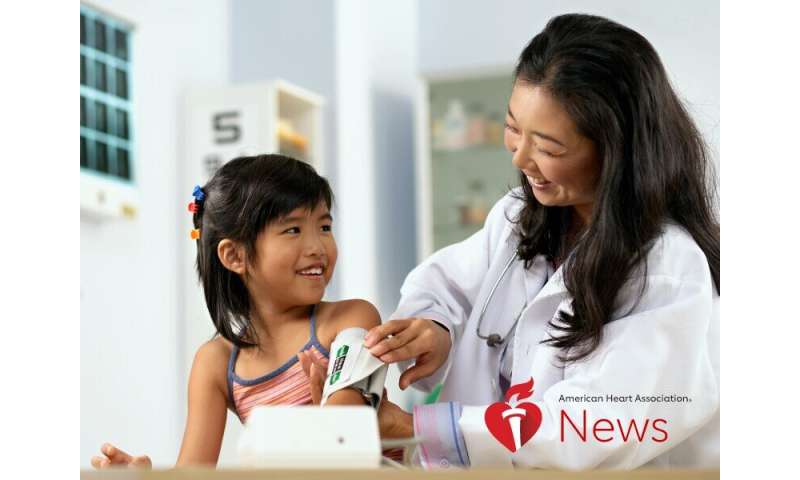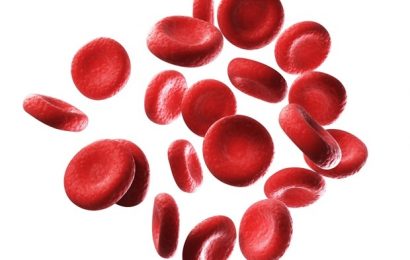
The term “high blood pressure” rarely conjures images of young, playful children.
But the condition doesn’t just affect adults. In children, it can be caused by obesity, kidney disease, heart abnormalities or other factors. Hypertension at such a young age puts kids at risk for heart disease and stroke later in life.
“With obesity on the rise, we do see quite a few kids with high blood pressure,” said Dr. Geetha Raghuveer, pediatric cardiologist at Children’s Mercy Hospital in Kansas City, Missouri. “It’s underrecognized. It’s not often flagged in the pediatrician office because it is not always checked.”
The Centers for Disease Control and Prevention estimates 781,000 children ages 12 to 17 have high blood pressure based on guidelines from the American Academy of Pediatrics, with the condition being most common among kids who are obese.
Although it is recommended that blood pressure be measured yearly starting at age 3, there are barriers to easily getting accurate measurements, Raghuveer said.
“In some younger children, it’s problematic because you need the proper-sized cuff or else the measurement will be off,” she said.
Having the arm squeezed tightly by the cuff also is an uncomfortable experience for children, she said. “It’s not something younger kids enjoy. So, some doctors may not screen regularly.”
But it is well worth the trouble, Raghuveer said. In fact, it may lead to the diagnosis of additional “silent” problems.
“The most important reason it should be measured in children is to make sure you’re not missing any heart or kidney problems,” she said. “Those can be quite asymptomatic.”
For children and teens, the AAP guidelines define high blood pressure as 130/80 or higher. For kids 12 and under, a blood pressure reading at or above the 95th percentile also is defined as hypertension. That means 95% of other kids who are that same age, gender and height have a lower blood pressure. As for what’s a healthy blood pressure, the guidelines define a normal reading as below the 90th percentile for younger kids and below 120/80 for teens.
Often, if a child’s blood pressure is high, the pediatrician may recommend further tests that look at urine and blood, and ultrasounds to examine the heart or the kidneys. Sleep disorders and a history of premature birth also are associated with high blood pressure in youth.
Children who have persistent hypertension may develop thicker arteries as early as age 30.
“The risks are over the long-term,” said Dr. Sarah de Ferranti, director of preventive cardiology at Boston Children’s Hospital. “It’s hard on the kidneys and heart. The muscle of the heart gets thick. Over long periods of time, you could have damage to kidneys.”
Although most kids with high blood pressure don’t have symptoms, some may experience headaches and blurry vision, she said. Very rarely, they may have chest pains.
For children diagnosed with hypertension, it doesn’t have to be a lifelong condition, de Ferranti said. Children above a healthy weight can start by eating a nutritious diet and being more active. Aerobic exercise can lower blood pressure because of its effect on blood vessels and the heart, even if weight is not at issue.
Parents should serve fruits and vegetables as snacks and stay away from sodium—a major culprit when it comes to hypertension. Nearly 9 in 10 U.S. children eat too much sodium, according to the CDC.
Packaged, processed and fast foods are high in sodium and should be avoided as much as possible, de Ferranti said. Developing lifelong healthy habits in childhood may help avoid health risks in the future.
The AAP guidelines recommend doctors prescribe blood pressure medications if lifestyle changes do not work, or if the child has another underlying condition. But that’s rare. Only about 1% of kids with hypertension are prescribed blood pressure-lowering medications.
Source: Read Full Article


